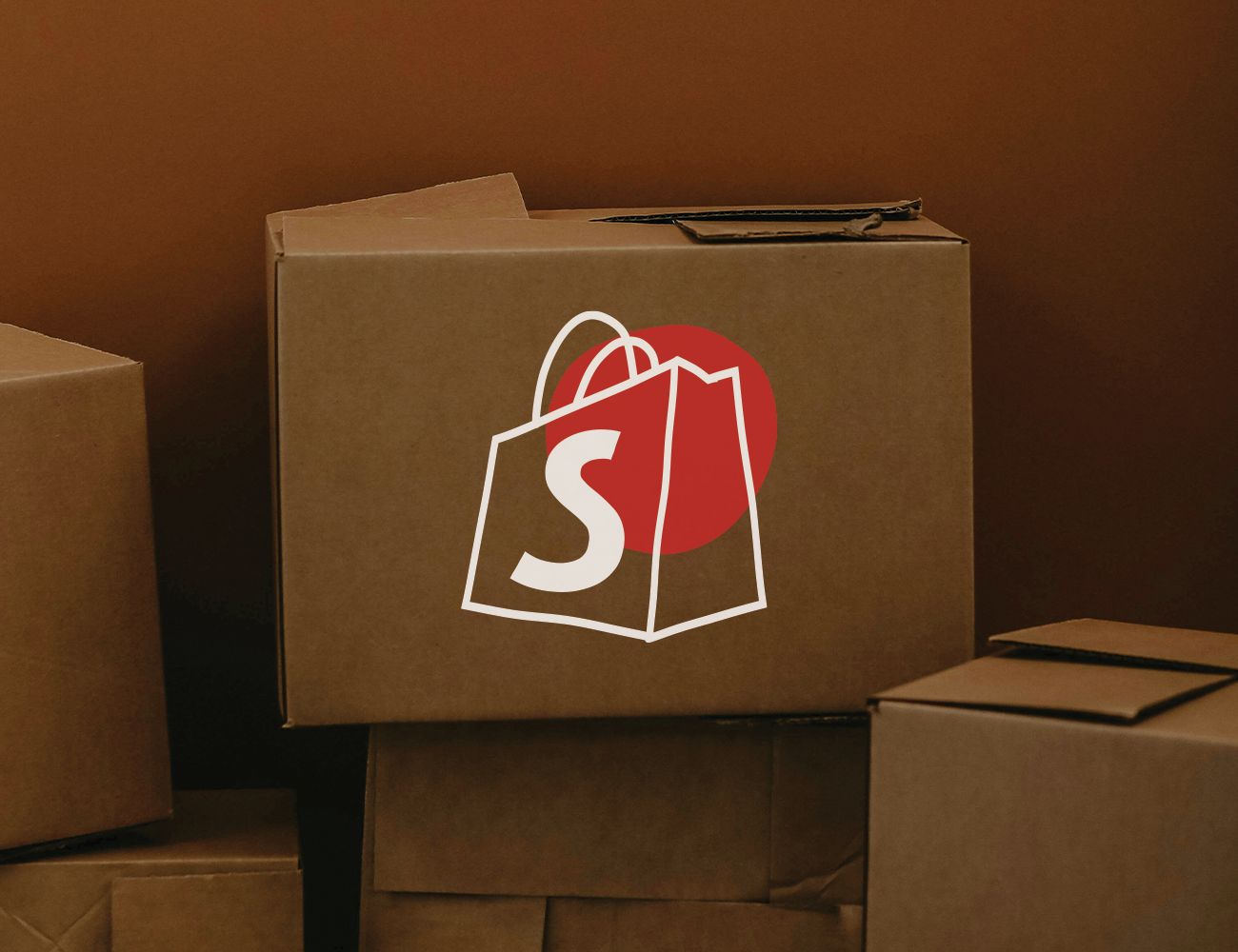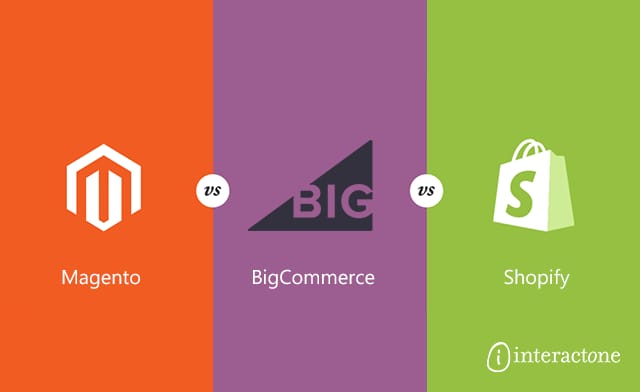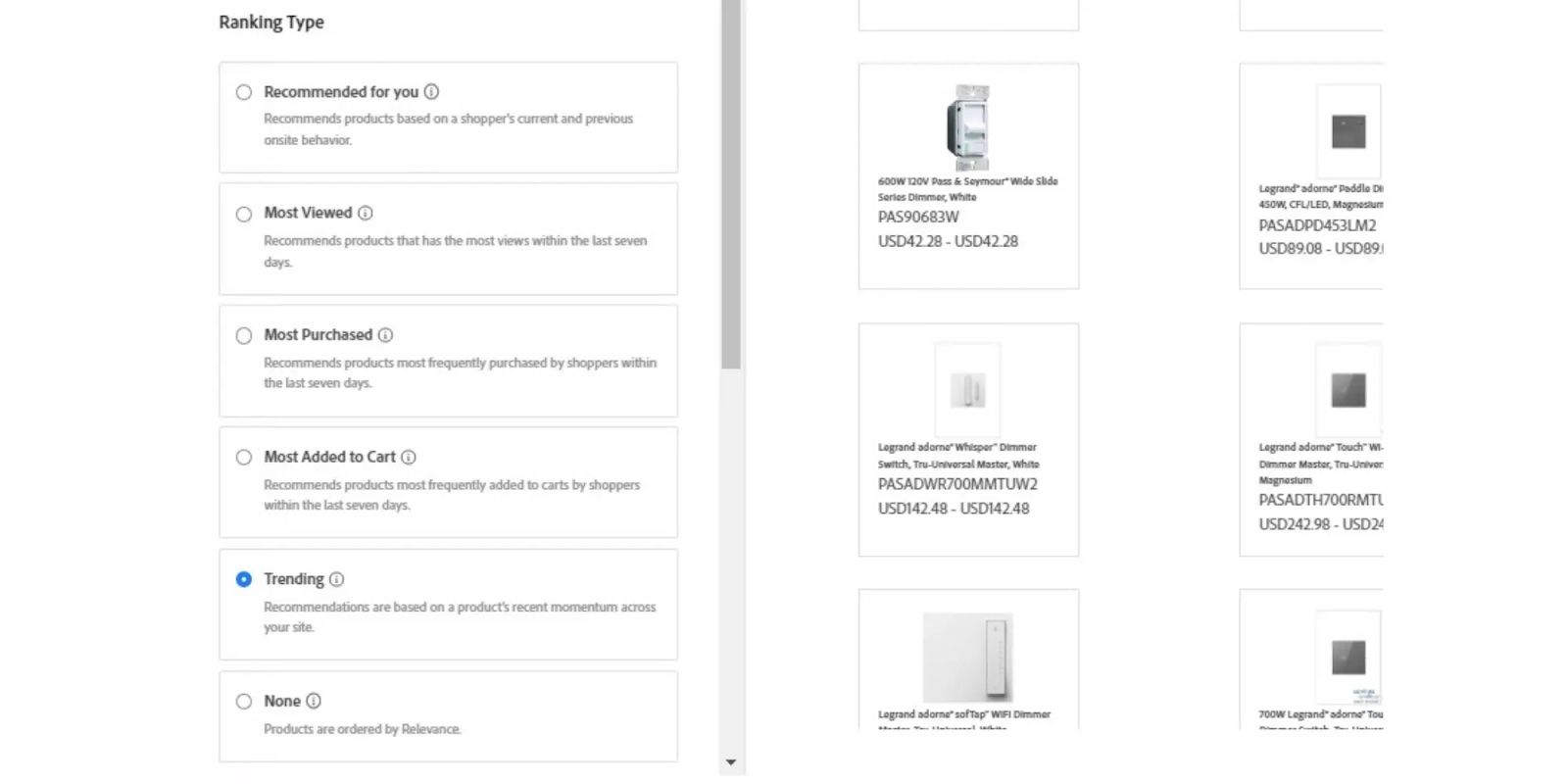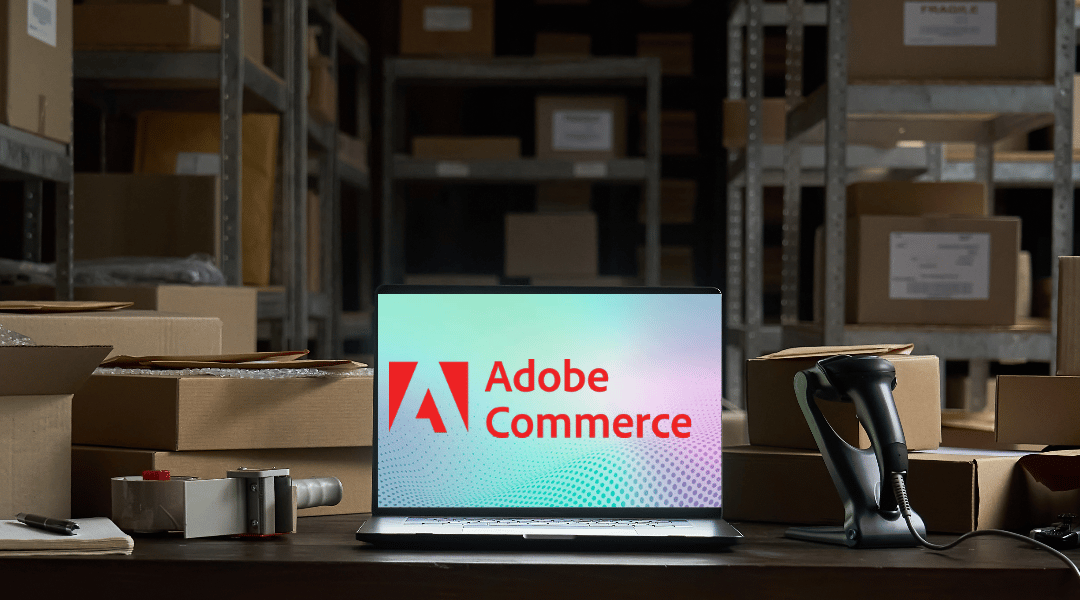Create a customer retention strategy that keeps your customers engaged and happy and coming back for more.

3 Reasons to Move Your Magento Site to Shopify

In the evolving eCommerce landscape, the once-dominant Magento (Adobe Commerce) has faced a shifting tide, prompting businesses to rethink their online marketplace strategies. The rise of SaaS solutions like Shopify, with robust APIs and extensive app ecosystems, positions them as frontrunners. The proliferation of such SaaS solutions has democratized powerful eCommerce websites, making them accessible to businesses of all sizes. Staying ahead now involves not only keeping pace with technology but also leveraging it to enhance and streamline your business. Online merchants should seriously consider switching to Shopify, and in this article, we delve into three compelling reasons why you should consider this strategic move.
Already decided to switch? We specialize in smooth transitions to Shopify. Contact InteractOne now to get started.
1. Shopify has better stability and lower costs
Shopify’s microservices architecture not only offers remarkable stability (it claims a 99.99% uptime) but also reduces the maintenance and developer costs associated with running an eCommerce site. Unlike Magento, Shopify simplifies upgrades and maintenance since only their team can access the source code. Since Shopify handles all backend concerns, like server maintenance, updates, and scalability, the platform remains stable and functional even during high-traffic periods. Shopify stays stable because it independently develops and deploys features. This helps prevent errors and improves scalability and performance optimization, especially compared to Magento’s monolithic architecture.
In contrast, Magento and Adobe Commerce’s reliance on traditional hosting architecture introduces variability in performance. Additionally, Magento’s open-source nature allows users to override core code, posing potential reliability risks if not managed properly. Notably, Shopify users cannot override the core code, so there’s less risk of stability issues arising from user modifications. Essentially, with Shopify, you can focus more on business growth and less on technical upkeep.
Regarding costs, Shopify maintains lower developer maintenance labor expenses than Magento due to its hosted nature and SaaS model. With fixed and predictable pricing on a monthly or annual basis, Shopify eliminates the complexities of separate hosting and developer expenses. While the Magento open-source free edition may appear more affordable on the surface, implementing and maintaining a Magento/Adobe Commerce store often involves higher development maintenance costs. Shopify’s hosted and SaaS nature streamlines store management, resulting in labor cost savings and reduced complexities compared to Magento’s approach.
2. Shopify offers better performance and developer flexibility
Performance is key to customer satisfaction and retention. Shopify’s optimized and centrally managed infrastructure ensures consistently high performance, seamlessly handling varying workloads. In contrast, Magento’s open-source architecture may lead to performance issues stemming from improper server configuration or poorly coded overrides.
Furthermore, Shopify’s centralized optimization and updates benefit all merchants without individual effort. In contrast, maintaining performance in open-source platforms like Magento/Adobe Commerce is challenging, requiring merchants to optimize server configurations, custom configure auto-scaling solutions, and implement specialized caching strategies.
Moreover, as previously mentioned, Shopify restricts access to the core code to ensure a standardized and controlled environment for developers. This reduces the risk of introducing code that could compromise performance. While Magento’s open-source nature provides developer flexibility, it can also give too much access to overriding core functionality, which can negatively impact performance.
Shopify’s restricted access and standardized platform ensures a consistent experience, minimizing the risk of instability and incorrect builds. Seamless updates and risk mitigation for performance issues are built into the platform. In contrast, with open-source platforms, the diversity of server environments, customizations, and third-party extensions increases the potential for problems. Each site’s unique configuration may introduce complexities during updates or changes, impacting performance.
In short, Shopify provides improved and consistent performance by offering a standardized, optimized environment, centralized updates, and controlled access to the core code, mitigating common challenges seen in open-source platforms like Magento/Adobe Commerce.
If you want to build custom applications without being restricted to a certain tech stack or coding language, Shopify is the clear winner. Shopify offers a strong API and App Store, letting developers create custom apps using various technologies such as HTML, CSS, and JavaScript. This flexibility facilitates tailored solutions, third-party service integration, and enhanced store functionality.
In comparison, Magento’s customization capabilities exist, but the development process is more complex. Predominantly using PHP, building custom apps also demands a deeper understanding of the platform’s architecture, resulting in a steeper learning curve for developers.
Since Shopify handles hosting and server maintenance, developers can focus more on building features and improving user experiences without getting into the intricacies of the Shopify core architecture. In contrast, Magento/Adobe Commerce developers often require advanced expertise in Magento core architecture, including database optimization and server configurations. This can constrain development flexibility and speed for those unfamiliar with server-related complexities.
In short, Shopify offers better developer flexibility by providing a user-friendly development environment, a versatile API, and an App Store that simplifies building custom apps. Additionally, the reduced need for in-depth knowledge of core architecture or servers allows developers to focus more on creating features and functionalities without being burdened by infrastructure complexities.
3. Security is better on Shopify
Security is paramount in the digital marketplace, and Shopify is often considered to have better security than Magento/Adobe Commerce. Shopify’s closed-source nature and controlled framework, managed by its own security team, contribute to a more secure environment. Their regular platform updates and maintenance add another security layer, continuously preventing new threats. This reduces the risk of unauthorized access and potential vulnerabilities.
Additionally, Shopify provides built-in fraud analysis features. SSL encryption certificates provide a secure shopping cart that protects customer data. It’s PCI-DSS compliant, making it a safe environment for credit card transactions. This offers a high level of security for online stores.
Magento also offers various security features, such as encryption, fraud detection, and PCI-DSS compliance. However, Magento has been associated with more security issues, with a significant number of compromised eCommerce sites using Magento/Adobe Commerce. Additionally, with Magento, the merchant is responsible for managing security measures – ie. firewalls, server security and payment gateways. Shopify handles this for its merchants. These factors contribute to Shopify offering better security than Magento/Adobe Commerce.
When and why we think Shopify wins over Magento
For many mid-market B2C eCommerce merchants, migrating to Shopify from Magento/Adobe Commerce represents a strategic move towards a more secure, stable, and high-performing eCommerce platform. With lower maintenance costs, enhanced security, and improved performance, Shopify stands out as an ideal choice for businesses looking to thrive in the mid-market competitive digital marketplace.
At InteractOne, we specialize in making this transition smooth and efficient, ensuring your business leverages the full potential of Shopify.
Keep in mind that Shopify is not always a great fit for eCommerce merchants, especially when it comes to B2B, Enterprise, or highly custom user experiences. If you need help comparing eCommerce platforms, our team of senior consultants can help. We have many years of experience developing solutions on Shopify, BigCommerce, WordPress, and Magento/Adobe Commerce.
Contact our experts today to help compare platforms or get a free proposal on migrating to Shopify.




















